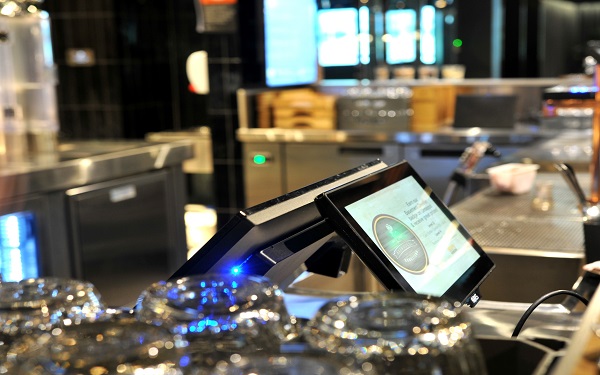As a business owner, you’re under constant pressure to move with the times and stay ahead of the game. Whether it’s meeting customer expectations or keeping up with the competition, it can feel like there’s never a moment’s rest. Take your eye off the ball, and suddenly you find yourself left behind.
Nowhere is this pressure more apparent than when it comes to technology. You get the message – whether you run a retail business or a restaurant, a hotel chain or a leisure venue, you simply cannot afford to ignore the impact technology has on operational efficiency, customer experience, staff productivity and just performance in general.
But that doesn’t mean keeping up is always straight forward. Technology continues to evolve at breakneck speed, and no sooner have you invested in one new system or piece of kit, you’re getting told you need another. The amount of choice available is increasingly bewildering and the decisions you make are far from without risk. It’s not as if adopting technology for technology’s sake will deliver results.
In fact, there is no shortage of reasons why your next round of investment could go wrong. Given the cost of tech investment, such risks carry serious implications for any business. Doing something like, say, upgrading your POS or adding self-service options can cause unavoidable disruption. Any teething problems will only extend any business downtime further, with every hour of lost revenue mounting up.
Introducing new software carries the risk of it not being compatible with what you already have. And you always have to weigh up the impact new tech will have on people, both your employees and your customers. After all, you are asking staff to do their job and customers to buy from you using new tools. Are they ready for it? Will it put them off?
For all these reasons, no matter how keen you are to embrace the latest innovations and position your business at the cutting edge of digital operations, no decision to invest in new technology should be taken lightly. It should always be undertaken with a clear view as to how it contributes to a broader business strategy, and justified with a thorough cost-benefit analysis.
If you want to avoid the pitfalls and ensure your next round of expenditure on technology delivers the value you are looking for, the following checklist should see you in good stead.
Start by identifying a clear business need
As already said, technology for technology’s sake rarely delivers good results. The driver of any investment in new technology should always be something that can be improved in your business (e.g. self-service or mobile POS options to speed up service and boost the customer experience), or a clear business opportunity
Canvas opinion
If the new solution is going to affect your customers, ask them for their opinion of it. This is now standard practice in the field of web development and there is no reason why it shouldn’t be replicated for on-premise operations, either. You might have the loose impression that your POS is feeling tired and needs an upgrade, but what do customers actually want to see at checkout? And what solutions can deliver?
Similarly, ask your staff. Again, your employees are the people who will ultimately determine how successful the implementation of new tech is, because they are the people who will use it day in, day out. Make a point of learning what they want to see, and prioritise training them in new systems as necessary.
Audit your current systems
Finally, don’t assume that just because you have identified a piece of kit that answers a genuine business need/opportunity and that fits in exactly with what your customers and staff want to see, it’s a case of plugging it in and reaping the rewards. No single tech asset exists in isolation in your business, they all link together to form one big digital operational ecosystem. Making sure new additions play nicely with what you already have is crucial. As well as checking on things like software compatibility, other potential tripping hazards to watch out for are overstretching the processing and data storage loads of computer terminals or end points, or not having enough bandwidth on your broadband or Wi-Fi for the new assets you want to add to function efficiently on the network (which will end up slowing everything down).




